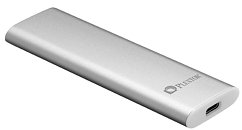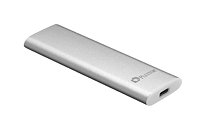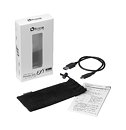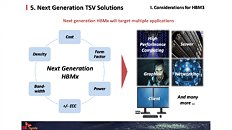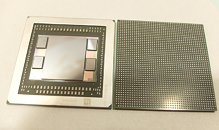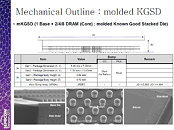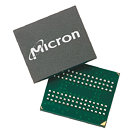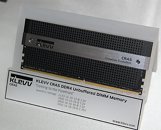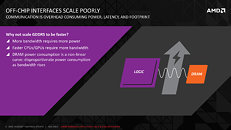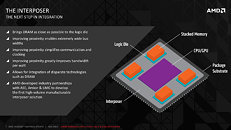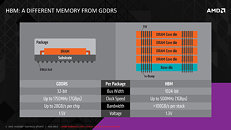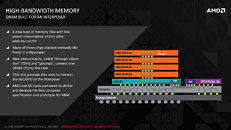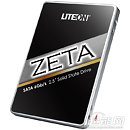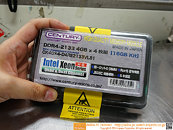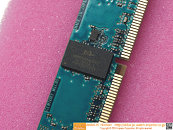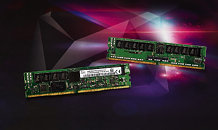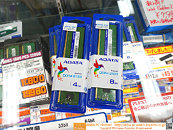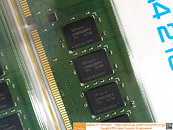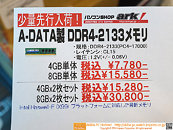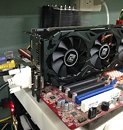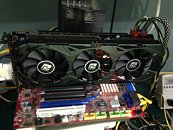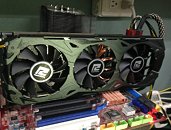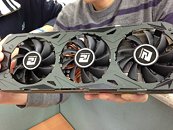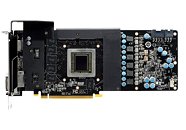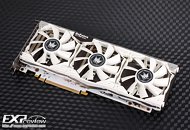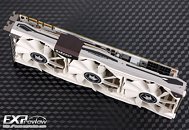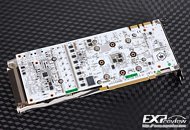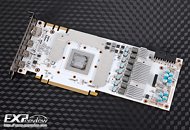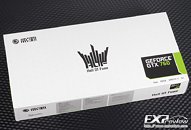
SK Hynix 4 Gigabyte HBM2 Stack Availability Paves the way for Vega
SK Hynix, the principal supplier of high bandwidth memory (HBM) stacks to AMD since its pioneering Radeon R9 Fury series, released an updated HBM2 specifications document that pins availability of 4 gigabyte (32 Gbit) HBM2 stacks to the first quarter of 2017. This paves the way for mass-production and market availability of AMD's upcoming Radeon "Vega" graphics chip, which feature two such 4 GB HBM2 stacks, making up 8 GB of total memory.
SK Hynix H5VR32ESM4H-H1K memory stack, which will be integrated by AMD onto its Vega10 multi-chip module (MCM), ticks at 1.60 Gbps (per pin), with a cumulative bandwidth of 204.8 GB/s per stack. With two such stacks, Vega10 could feature 409.6 GB/s of memory bandwidth, assuming AMD uses the reference clock speeds for these stacks.
SK Hynix H5VR32ESM4H-H1K memory stack, which will be integrated by AMD onto its Vega10 multi-chip module (MCM), ticks at 1.60 Gbps (per pin), with a cumulative bandwidth of 204.8 GB/s per stack. With two such stacks, Vega10 could feature 409.6 GB/s of memory bandwidth, assuming AMD uses the reference clock speeds for these stacks.



